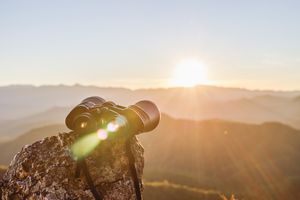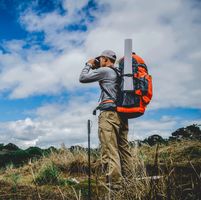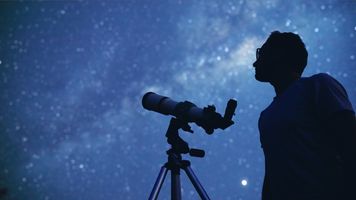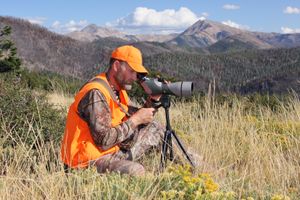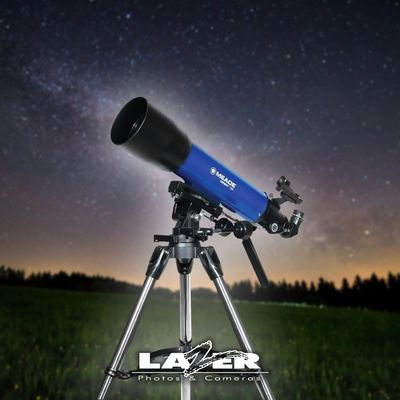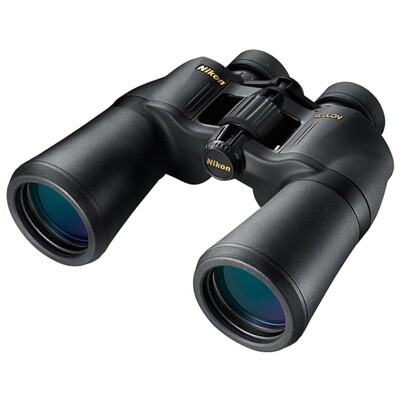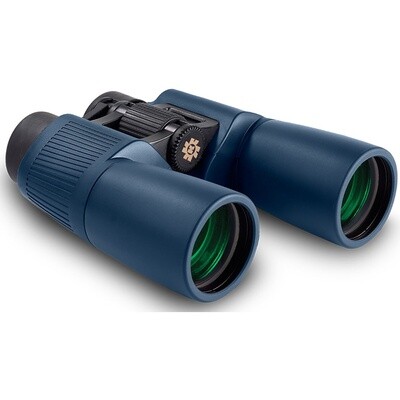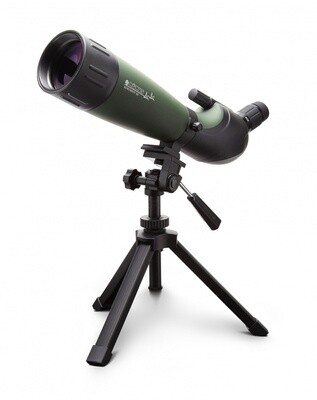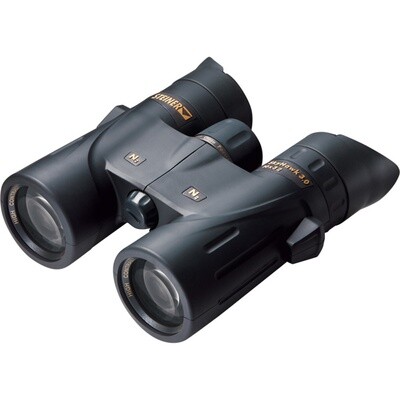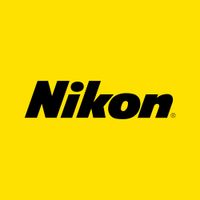FEATURED PRODUCTS
WHAT'S RIGHT FOR ME?
Not too sure how to pick out a pair of binos, a spotting scope, or telescope that best suits your needs? No need to fret.
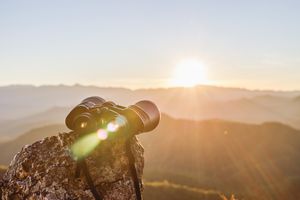
BINOCULARS
Binoculars are accompanied by two numbers, often written like "12x50". But what do these numbers mean? The first number is your magnification, typically in the range of 7x to 12x. Higher magnification does allow you to get 'closer' to your subject, but has the trade-off of making it more difficult to track subjects. In most situations, a magnification of 8x to 10x is suitable. If you're planning to use high-magnification binos (12x or higher), you may want to consider mounting on a tripod for stability.
The second number is the diameter of the objective lens (the glass element furthest from your eyes). A large diameter results in improved light gathering (i.e. easier to see in darker conditions), but will result in a larger, bulkier pair of binos. For stargazing or bush hunting, a general suggestion would be a diameter of at least 42mm (ideally 50mm).
There are some other factors to consider. Some binos are permafocus. This means that they do not require a focusing dial as they are designed so that most of what you'll be looking at will be in focus. These are great for quick spotting, but may not be ideal for people with impaired vision. Another thing to keep in mind is whether you'll need a waterproof pair, especially for marine use.
Our team are happy to let you try and compare different pairs of binos in our store to fit the right fit for you.
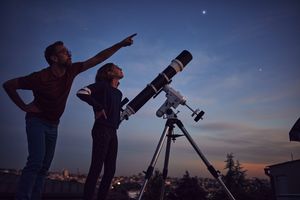
TELESCOPES
Our store stocks two types of telescopes – reflector and refractor telescopes. Below is a basic overview of how they differ.
Refractors tend to be what people picture when they think of a telescope. It contains a number of glass elements that refract light from the night sky into the eyepiece. Refractors are great for beginners, easier to clean, and more portable and easier to set-up. However, they typically have smaller apertures (usually 60-120mm) as the glass elements are expensive to produce. A smaller aperture results in less light gathered by the telescope, meaning that fainter, deeper-space objects can be more difficult to identify.
Reflectors use curved mirrors to reflect incoming light into an eyepiece. The most common type is the Newtonian reflector - which has a primary mirror at the back of the telescope barrel that reflects light into a smaller, secondary mirror suspended into the centre of the barrel that then reflects the concentrated light into the eyepiece on the side of the barrel for viewing. As mirrors are cheaper to make than glass lenses, reflectors are more cost-effective for getting larger apertures - ideal for deep-space viewing. The downside is that they can require more maintenance – such as collimation (realigning of the mirrors inside), and cleaning (removing dust from the mirrors). Their larger size also makes them less portable.
If you'd like to get into skygazing, or are looking to upgrade your set-up, our team will be more than happy to help you explore your options.

